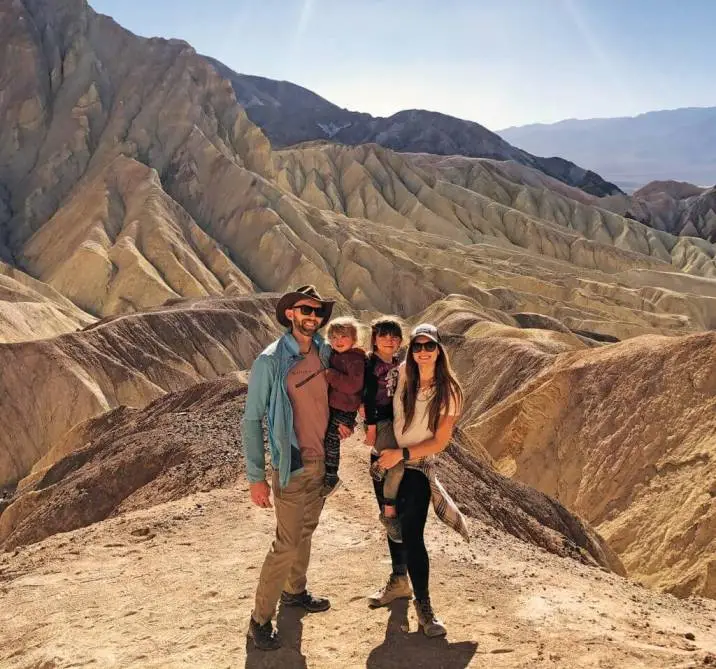The Most Beautiful Pyramids Of Mexico

Pyramids But Not As You Know Them
The pyramids of Mexico take the fundamental principles of ancient architecture and carry them to the next level. Some are stepped. Others are covered in niches. The majority are topped by temples. One in Chichen Itza was designed such that the shadow of a massive snake appeared to crawl up its stairway on equinoxes.
Great Pyramid Of La Venta, Tabasco
The pyramid on the island of La Venta in Tabasco may be the least impressive of Mexico's major pyramids, but it is likely the oldest. It appears to be little more than a 100-foot-high (30m) pile of mud and clay, yet it is the focal point of La Venta's ceremonial plaza, an ancient Olmec metropolis that thrived between 800 and 400 BC. Archaeologists assume that it may contain the grave of a renowned Olmec emperor.
Pyramid of the Sun, Teotihuacan

The Pyramid of the Sun is the Western Hemisphere's biggest pyramid, and it is one of two that bookend the enigmatic Teotihuacan, a wrecked ancient metropolis located just 30 miles (48 kilometers) from Mexico metropolis. It was one of Mesoamerica's major cities, although the beginnings are uncertain. We don't even know what the Totonacs, or perhaps the Toltecs, called it when they founded it in 400 BC. The Aztecs dubbed it Teotihuacan, or "the place where the gods were created," although it had been abandoned for years when they discovered it in the 1400s. This photograph is from 1883, before the site was completely explored.
The Great Pyramid, Calakmul
Calakmul, located deep in the Calakmul Biosphere Reserve approximately 22 miles (35 kilometers) from the Guatemalan border, served as the capital of the deadly Snake (K'naan) Kingdom. It was one of the greatest and most powerful city-states in the Maya civilization, with an estimated population of more than 50,000 and governmental influence over a million people. The kingdom peaked during the Classic Maya era (AD 250-850), when it competed with Tikal in Guatemala for hegemony and the most spectacular pyramid in the southern lowlands of Mexico.
Pyramid of the Magician, Uxmal
In 1840, American explorer John Lloyd Stephens ‘rediscovered' Uxmal by following a crude map provided by a man called Simon Peon, who owned a vast plot of property around the ruins. Excavations began in 1929, but were almost immediately marred by unexplained events. Mayan workmen who spent the night on the site said to have been kept awake by aluxob, mischievous sprites similar to Irish leprechauns, who flung stones at them until they made a tobacco gift to placate the forest spirits.
The Coba pyramids, Coba

This town, 45 minutes northwest of Tulum, was formerly home to one of the ancient Mayans' finest cities, founded around AD 600. White limestone sacbeob (roads) extended from the city to all corners of Yucatan, including one that was 60 miles (100 kilometers) long and led directly to the ancient city of Yaxuna. Coba is home to three pyramids, the largest of which is Ixmoja, also known as Nohoch Mul, the Great Mound. It is 138 feet (42 meters) tall, making it the second-highest Maya building on the Yucatan peninsula and the only one that can still be climbed.
Read Also: Iconic Landmarks Around the World
Pyramids of the Inscriptions, Palenque
The Mayan ruins of Palenque, located deep in the green highlands of Mexico's Chiapas province, resemble those from an Indiana Jones film. The forest rushes in on all sides, and the machete-wielding gardeners must constantly struggle to keep the stunning site pristine. In many aspects, this historic city looks quite similar to when Spanish explorer Jose Calderon rediscovered Palenque in 1784. Or when the artwork was commissioned in 1890.
Pyramid of the Niches, El Tajin
The Pyramid of the Niches stands out in Mesoamerican architecture. It is constructed in the step-and-fret style and adorned with intricately carved reliefs on the columns and frieze. It derives its name from the niches that cover each of its four sides. There are 365 recesses in all, each measuring 23.6 inches (60 cm) deep, implying that the pyramid used as an astronomical calendar to monitor the days of the year. UNESCO recognized the pyramid's astrological and symbolic value when it classified El Tajin in 1992.
Temple of Kukulkan, Chichen Itza

One of the most striking aspects of the Kukulkan pyramid is its alignment with the sun at the spring and autumn equinoxes. As the sun sets, a shadow in the shape of a serpent's body forms on the northern staircase, as shown in this photograph. The shadow 'connects' to the enormous stone serpent head at the bottom of the stairway, giving the impression of a massive crawling snake. This is Kukulkan, the feathered serpent god who brings rain and wind.


.webp)





.jpg)


.jpg)
.jpg)

.jpg)

.avif)
